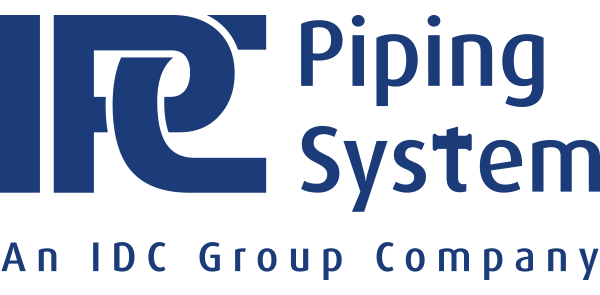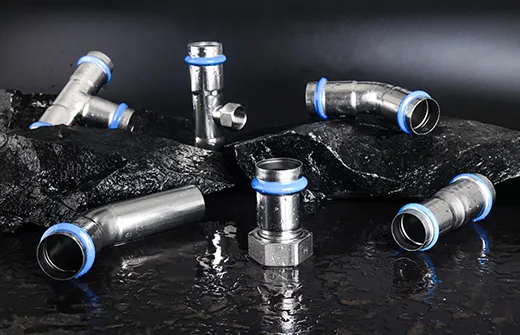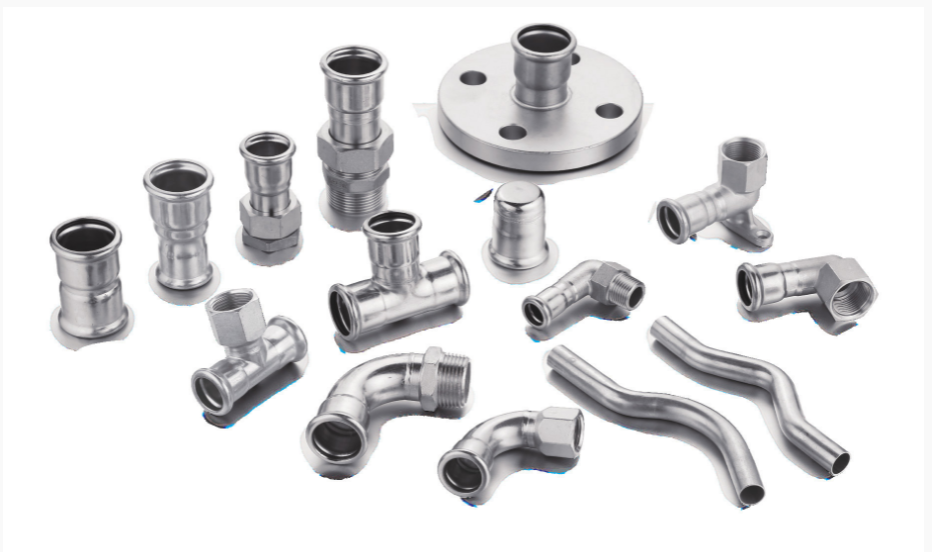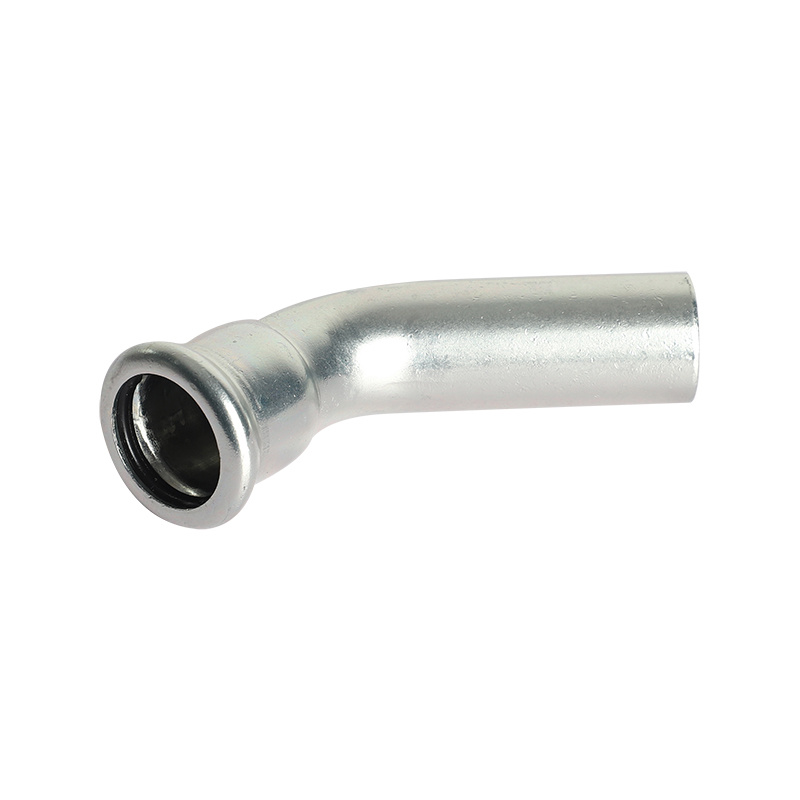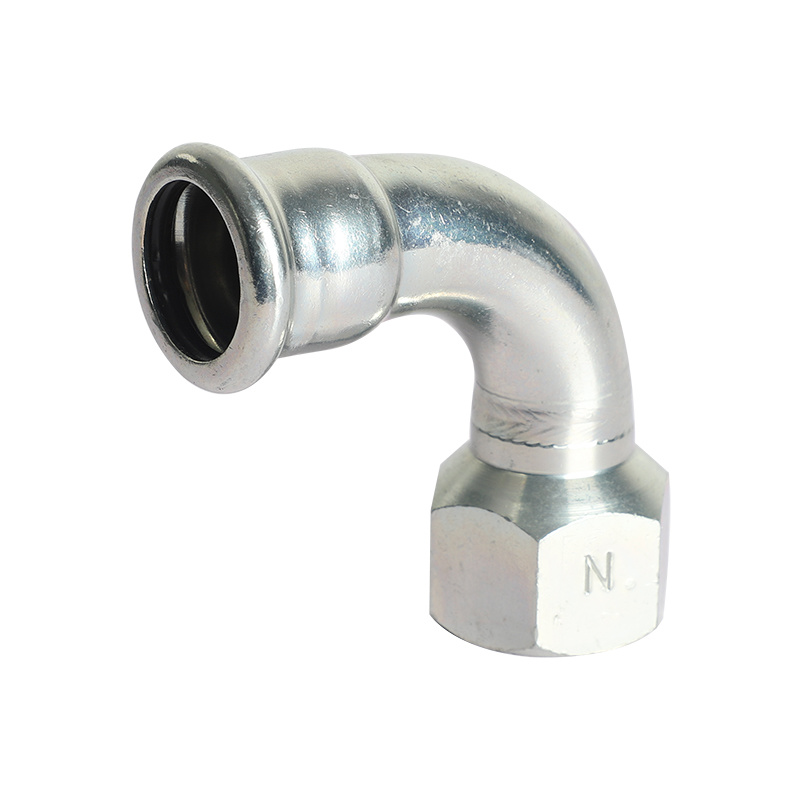Why Choose Street Obtuse Elbow for Your Architectural Projects? A Comprehensive Guide
Jul 04,2025
Why Choose Street Obtuse Elbow for Your Architectural Projects?
Table of Contents
- 1. Introduction to Street Obtuse Elbows
- 2. What Are Street Obtuse Elbows?
- 3. Benefits of Using Street Obtuse Elbows in Construction
- 4. Applications of Street Obtuse Elbows in Architectural Design
- 5. Material Options for Street Obtuse Elbows
- 6. Installation Process of Street Obtuse Elbows
- 7. Maintaining Your Street Obtuse Elbows
- 8. Frequently Asked Questions
- 9. Conclusion
1. Introduction to Street Obtuse Elbows
Street Obtuse Elbows are becoming increasingly popular in contemporary architectural projects. They offer a range of functional and aesthetic advantages that can significantly enhance the efficiency and appearance of various structures. Understanding their features and applications is crucial for architects, builders, and designers looking to create innovative and resilient spaces.
2. What Are Street Obtuse Elbows?
Street Obtuse Elbows are specialized pipe fittings designed to create smooth, angled transitions between two sections of piping. Unlike standard elbows, these fittings feature wider angles, typically greater than 90 degrees, which allows for more gradual changes in direction. This design minimizes turbulence and enhances the flow of materials, making them ideal for architectural projects that require efficient water drainage or air circulation systems.
Key Characteristics of Street Obtuse Elbows
- **Angle Options**: Commonly available in angles of 45, 60, and 75 degrees.
- **Material Variety**: Made from various materials such as stainless steel, PVC, and copper, catering to different project requirements.
- **Durability**: Engineered to withstand harsh environmental conditions, ensuring long-lasting performance.
- **Customizable Designs**: Can be tailored to fit specific architectural needs, enhancing both function and form.
3. Benefits of Using Street Obtuse Elbows in Construction
Implementing Street Obtuse Elbows in architectural projects presents numerous advantages:
Enhanced Fluid Dynamics
The primary benefit of using Street Obtuse Elbows lies in their ability to promote optimal fluid flow. The gradual angle reduces turbulence, ensuring that water, air, or other materials can move smoothly through the system. This is particularly important in drainage systems, where blockages can lead to costly repairs and structural damage.
Improved Aesthetics
Street Obtuse Elbows can also contribute to the visual appeal of a project. Their sleek curves and modern designs can create a more sophisticated look, blending seamlessly with contemporary architectural styles. This is essential for projects where aesthetics play a significant role, such as residential complexes or commercial spaces.
Versatility in Applications
These fittings are versatile and can be utilized in a wide range of applications, from HVAC systems to plumbing installations. Their adaptability means they can be integrated into various architectural designs, enhancing functionality without compromising style.
4. Applications of Street Obtuse Elbows in Architectural Design
Street Obtuse Elbows find numerous applications across different sectors of construction and architecture:
1. Drainage Systems
In drainage systems, these elbows ensure efficient water flow, reducing the risk of blockages and backups. They are particularly useful in large-scale projects, such as commercial buildings, where effective drainage is critical.
2. HVAC Systems
In heating, ventilation, and air conditioning (HVAC) systems, Street Obtuse Elbows facilitate efficient air circulation. Their design helps maintain consistent airflow, improving energy efficiency and indoor air quality.
3. Plumbing Installations
For plumbing applications, these elbows can help navigate complex layouts while minimizing the risk of pressure drops. Their ability to maintain smooth transitions makes them an excellent choice for both residential and commercial plumbing solutions.
4. Decorative Elements
Architects are increasingly using Street Obtuse Elbows as decorative elements in their designs. Their sleek curves can enhance the overall aesthetic of a building, making them a popular choice in modern architecture.
5. Material Options for Street Obtuse Elbows
When selecting Street Obtuse Elbows for your projects, choosing the right material is essential. Each material offers unique benefits:
1. Stainless Steel
Stainless steel Street Obtuse Elbows are known for their durability and resistance to corrosion. They are ideal for outdoor applications or environments where exposure to moisture is a concern.
2. PVC
PVC elbows are lightweight, cost-effective, and resistant to various chemicals. They are commonly used in residential plumbing and drainage systems due to their ease of installation.
3. Copper
Copper Street Obtuse Elbows offer excellent thermal conductivity and resistance to corrosion. They are often used in heating systems and high-end plumbing applications.
6. Installation Process of Street Obtuse Elbows
Installing Street Obtuse Elbows requires careful planning and execution. Follow these steps for a successful installation:
Step 1: Assess the Layout
Before installation, assess the layout to determine the optimal placement of the elbows. Consider the angle and direction of flow to ensure efficient operation.
Step 2: Prepare the Pipes
Cut the pipes to the required lengths, ensuring clean, straight edges for a proper fit. Use appropriate cutting tools based on the material being used.
Step 3: Fit the Elbows
Attach the Street Obtuse Elbows to the pipes, ensuring a snug fit. If using PVC, apply primer and cement for a secure bond.
Step 4: Secure and Test
Once installed, secure the joints and test the system for leaks. Ensure that the flow is unobstructed and that the elbows are functioning as intended.
7. Maintaining Your Street Obtuse Elbows
Regular maintenance of Street Obtuse Elbows is essential to ensure their longevity and performance:
1. Routine Inspections
Conduct routine inspections to check for signs of wear, corrosion, or blockages. Addressing issues early can prevent costly repairs later.
2. Cleaning
For elbows used in drainage systems, regular cleaning is crucial to prevent buildup. Use appropriate cleaning solutions to remove debris without damaging the fitting.
3. Monitoring Flow Rates
Keep an eye on flow rates to identify any changes that may indicate a problem. A sudden drop in flow can signify a blockage or a need for maintenance.
8. Frequently Asked Questions
1. What is the difference between standard elbows and Street Obtuse Elbows?
Street Obtuse Elbows offer wider angles than standard elbows, allowing for smoother transitions and reduced turbulence in fluid flow.
2. Can I use Street Obtuse Elbows in residential plumbing?
Yes, Street Obtuse Elbows are suitable for residential plumbing and can help navigate complex layouts while maintaining efficient water flow.
3. How do I choose the right material for my Street Obtuse Elbows?
Choose a material based on your project's requirements, considering factors like exposure to moisture, temperature, and chemical resistance.
4. Are Street Obtuse Elbows difficult to install?
With proper planning and tools, installing Street Obtuse Elbows can be straightforward. Follow the installation steps for best results.
5. How often should I maintain my Street Obtuse Elbows?
Conduct routine inspections and cleaning as needed. Regular maintenance will help ensure optimal performance and longevity.
9. Conclusion
Choosing Street Obtuse Elbows for your architectural projects is a decision that can greatly enhance both functionality and aesthetics. Their ability to facilitate smooth transitions in piping systems, combined with their versatility across various applications, makes them an essential component in modern construction. By selecting the right materials and ensuring proper installation and maintenance, you can maximize the benefits of these fittings and create structures that stand the test of time. Embrace the advantages of Street Obtuse Elbows and elevate your architectural designs to new heights.
Latest News
